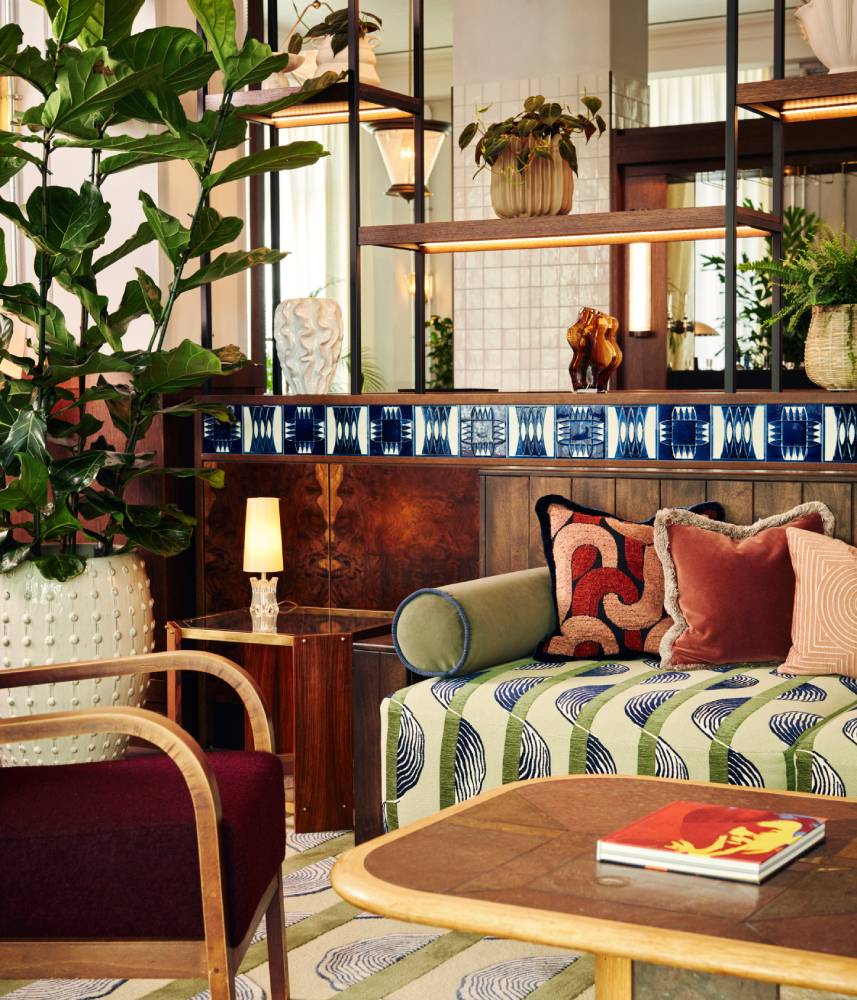It might be time to take the office into the street, says M Moser’s Steve Gale
As we learn to live differently during the pandemic, whole sections of society are trying out new ways of living at a macro scale, in city-sized experiments.
 Street Moves, Sweden.
image: utopia arkitekter
Street Moves, Sweden.
image: utopia arkitekter
Office neighbourhoods are nothing new. Those internal localities designed to be a ‘home’ for employees, where people can gather and drink coffee or meet a visitor. They provide a sense of place when the whole office is just too big to identify with. But most of us have had a year out in the wild with real neighbourhoods made of streets in the fresh air. And, now this is bedded in, we have learnt to live a bit differently, with an updated map for our journeys and routines.
Such a big change has given us time to think about what we value, and the chance to make some of them permanent. And it’s not just at a personal level; whole sections of society are trying out new ways of living at a macro scale, in city-sized experiments.
A good example is the 15-minute city – an ambitious plan to turf out cars and encourage mixed use development so all your basic needs are within a 15-minute walk or bike ride.
This idea is taking shape in parts of Paris to help a green recovery from COVID, aided by a socialist Mayor, and a charismatic academic champion.
Not to be outdone, the Swedes have knocked 14 minutes off the Parisians to deliver a one-minute city, being promoted in Stockholm by Vinnova, the Swedish innovation agency, and led by ArkDes. ‘Street Moves’ is a live experiment where residents reshape their neighbourhoods with big chunks of street furniture to make their street greener and more liveable, squeezing out cars and pollution and prioritising pedestrians.
The concept of community is more real so, when offices open again, we might find them a bit claustrophobic, even a bit stuffy.
These schemes are not just literal examples of reclaiming the streets, they are experiments in devolution and community living that challenge the assumption that streets are mainly thoroughfares for cars, or places to store them.
Already in some of our workplace projects we encourage users to hack their own space over time, like the residents of Stockholm and Paris, because designers and town planners don’t have all the answers. We let users physically adapt their environment as their needs evolve.
Now people have had a year to restructure their working lives on a much broader canvas, their horizons have expanded as they have experienced real neighbourhoods on the ground and engaged in a society that was much less visible. The concept of community is more real so, when offices open again, we might find them a bit claustrophobic, even a bit stuffy.
Employees have grown used to making their own decisions, so we should test the interest in keeping neighbourhood connections going when we drift back to the office, with the variety, choices and relationships they offer. We could weave our working lives into the greater community rather than go back to an introverted version. Employers could actively support local suppliers and eateries instead of doing it in-house, could promote nearby parks and gyms instead of corporate exercise facilities, and could encourage informal meetings in a café around the corner rather than room G19, and so on.
We all live in real neighbourhoods, so let’s take the office into the street.

